Smart Home Ecosystems with Matter & IoT Integration — easier setup and cross-brand compatibility.
1. Introduction: Smart Homes & Their Growing Complexity
Smart home technology has been advancing fast for the past decade. From connected lights and thermostats to voice assistants and automated blinds, IoT devices now fill many homes. But with growth comes complexity: multiple apps, protocols, hubs; devices from different brands that may not work together; setup processes that frustrate many users.
As more people adopt smart devices, the promise is clear: a truly seamless smart home, where devices integrate, cooperate, and respond together—regardless of brand or platform. The smart home ecosystem of 2025 is increasingly shaped by Matter and IoT integration, aiming to deliver that seamless experience.
In this article, we explore how Matter is changing the game, what technologies it builds on, what benefits it brings, what is still challenging, and how you can build or upgrade your own smart home ecosystem with it.
2. What is Matter? Origins, Goals & Key Features
Matter is an open smart home interoperability standard developed by the Connectivity Standards Alliance (CSA), with contributions from major players like Amazon, Apple, Google, and Samsung. Originally known as Project CHIP (Connected Home over IP), Matter is intended to streamline how smart home devices from different brands connect, communicate, and act. WIRED+2ThinkRobotics.com+2
Key goals
- Interoperability: Devices certified with Matter should work across major platforms (Google Home, Apple Home, Amazon Alexa, SmartThings etc.) without needing separate integrations for each. The Verge+2ThinkRobotics.com+2
- Simplified Setup: Unified onboarding (QR, Bluetooth LE, or NFC); simpler pairing; fewer hub incompatibilities. Blaze Automation+3The Verge+3ThinkRobotics.com+3
- Reliability and Local Control: Lower latency, devices that continue working even without internet; using local IP networks (Wi-Fi, Thread) to communicate. The Verge+2ThinkRobotics.com+2
- Security & Privacy: Strong encryption, device attestation, secure onboarding. Blaze Automation+1
- Scalable Device Transparency: As Matter evolves, more device categories get added: lights, locks, thermals, home appliances, energy management, etc. Your Techno Guide+3ThinkRobotics.com+3skynob.com+3
3. IoT Protocols & Ecosystems Before Matter — Challenges Faced
Before Matter, the smart home landscape had many IoT protocols and ecosystems, each with its own strengths and limitations:
- Zigbee & Z-Wave: Well-established for low-power IoT, mesh networks. Good battery devices, many sensors. But many require specific hubs, bridging, and often are not IP native.
- Wi-Fi: Ubiquitous, high bandwidth, many devices already use Wi-Fi. But high power usage, sometimes latency issues; many devices rely on cloud connectivity.
- Proprietary systems: Many brands had their own “Works with X” platform, meaning consumer needed to be careful which ecosystem their devices supported.
- Bluetooth LE: Widely used for setup and some connectivity, but limited range or power for certain devices.
These differences caused fragmentation:
- Devices from different brands not working together well.
- Multiple apps/hubs needed.
- Confusing setup and maintenance.
- Different security or privacy standards.
Matter aims to unify many of these by defining a standard layer of compatibility without requiring all legacy protocols to disappear at once.
4. How Matter & IoT Integration Simplifies Setup
One of the most user-visible benefits of Matter is simpler, more reliable setup / onboarding. Here’s how:
4.1 Unified Onboarding Methods
- QR code commissioning, Bluetooth LE setup, or even NFC tap to pair in newer Matter spec updates (e.g. Matter 1.4.1) so users can quickly add devices. The Verge+2ThinkRobotics.com+2
- Multi-device QR codes: For packs of devices (e.g. four bulbs), scanning one QR can set them up all together. The Verge
4.2 Reduced Number of Hubs / Bridges Needed
- Because many devices can communicate via Thread or Wi-Fi and many routers or smart speakers act as Thread Border Routers or hubs/controllers, fewer standalone hubs are needed. ThinkRobotics.com+1
- Legacy devices can be bridged into Matter ecosystems via bridges or firmware updates, reducing replacement costs. dsr-iot.com+1
4.3 Cross-Ecosystem Compatibility
- Once a device is certified by Matter, it can work with multiple platforms: e.g. you could use Alexa app, then HomeKit, or Google Assistant to control the same device. flh-global.com+2Your Techno Guide+2
- “Multi-admin” capabilities allow more than one ecosystem/controller to have authority/control over devices simultaneously. ThinkRobotics.com+1
4.4 Local Control & Lower Latency
- Because devices can communicate locally over Thread, Wi-Fi, or Ethernet, many Matter operations do not require invoking cloud services. That means:
- Faster response times. The Verge+1
- Less dependence on internet; if internet is down, your lights, locks, sensors still work. The Verge+1
5. Cross-Brand Compatibility: What It Enables
With Matter and strong IoT integration, cross-brand compatibility opens up many benefits:
- More choice & flexibility: You’re not locked into one brand; you can pick the device you like best regardless of brand as long as it’s Matter certified.
- Simplified ecosystem expansion: Want to add smart bulbs, a lock, a thermostat? They all work in your existing Matter ecosystem without needing special bridges or brand-specific hubs.
- Uniform user experience: One app or voice assistant can control many devices. The UI and behavior become more predictable.
- Better interoperability of automations: Automations that involve multiple device types (lights, sensors, locks, alarms) across brands become easier.
- Easier scaling and upgrading: As new device categories are supported (e.g. appliances, energy devices, EV chargers), your system can expand without replacing entire infrastructures.
6. Networking Technologies Underpinning Matter
Matter doesn’t reinvent the wheel — it builds on proven networking protocols, combining them to give flexibility, reliability, low power, and security.
| Transport Technology | Role / Strengths | Typical Use Cases |
|---|---|---|
| Wi-Fi | High bandwidth; good for devices needing more data throughput (cameras, TVs, appliances). Can carry power. | Smart TVs, streaming devices, home hubs, appliances. |
| Thread | Low-power IP mesh; resilient; battery friendly; low latency for small devices like sensors, switches. Self healing. | Light switches, motion sensors, door/window sensors, small battery devices. |
| Ethernet | Wired backbone; reliable; low latency; stable. | Fixed devices, network hubs, base servers/controllers. |
| Bluetooth LE | Used mainly for setup / commissioning; low power. | Initial pairing, commissioning; sometimes for wake-ups or auxiliary connectivity. |
Also, new / evolving technologies like Wi-Fi HaLow (lower frequency Wi-Fi with longer range and better wall penetration) are seen in discussions as potential enhancements for certain smart home setups. Forbes
7. Security, Privacy & Local Control in Matter-Enabled Ecosystems
While setup and interoperability are important, security and privacy are equally critical. Smart home ecosystems involve sensitive data (who enters your home, when lights are turned on/off, camera feeds etc.), so standards like Matter aim to address the weak points.
7.1 Device Authentication & Attestation
- Matter devices carry unique credentials. When added to a network, their identity is verified. This helps prevent rogue devices or clones. Blaze Automation+1
- Regular certification ensures devices meet baseline security requirements.
7.2 End-to-End Encryption & Secure Communication
- Communications between controller/hub and devices are encrypted. Commands / status changes are authenticated. Matter objects include these security mechanisms built in. Blaze Automation+1
7.3 Local Control
- Matter allows for local control: many operations between devices (or between device and hub) can occur without going through cloud servers. This reduces latency, increases reliability (internet outages less problematic), and improves privacy. The Verge+2ThinkRobotics.com+2
7.4 Privacy Considerations
- With more devices talking to each other, having consistent protocols helps reduce hidden “phone home” data usage.
- Users often prefer options where data remains local; Matter helps provide that.
- Transparent device policies and firmware updates are essential.
8. Multi-Admin, Multi-Controller & Ecosystem Flexibility
One of the more powerful features of Matter is in how it supports overlapping control and multiple ecosystems in the same smart home.
- Multi-admin support: allows devices to be controlled by several platforms/hubs (for example, someone in the family uses Alexa, someone else uses HomeKit) without duplication or conflicts. ThinkRobotics.com+1
- Multiple controllers: More than one “controller” (app or hub) can manage the same device; for instance, your phone’s app and a voice assistant device both able to issue commands.
- Ecosystem agnostic devices: Matter certification means more device options regardless of the platform. Brands like Philips Hue, Nanoleaf, Eve etc. have multiple Matter products. ThinkRobotics.com+1
This flexibility helps reduce vendor lock-in and gives users power to choose devices on price, features, design, rather than worrying about whether it will “work with” their controller.
9. Practical Use Cases: Lighting, Locks, Appliances, Sensors & More
To make the ideas concrete, here are some use cases showing how Matter + IoT integration brings real improvements.
9.1 Smart Lighting
- Smart bulbs and switches that work with any controller. You can group bulbs from different brands under one automation: e.g. “when I arrive home, lights turn on, music plays, locks disengage.”
- Responsive and fast behavior thanks to local control (for immediate turn-on or dimming).
9.2 Locks, Security & Access Control
- Smart locks that work seamlessly with your voice assistant, or mobile app, regardless of whether it’s Alexa, Google, or HomeKit.
- Sensors for door/window, motion detection; alarms or notifications via any chosen platform.
9.3 Climate Control & Thermostats
- Thermostats, HVAC systems, air quality sensors can communicate across platforms. Automations like “when room temperature falls below X, turn on heater” become brand-agnostic.
9.4 Home Appliances & Energy Devices
- More Matter devices include appliances: smart plugs, smart ovens, washing machines, EV chargers, etc. Matter versions 1.3+ expanded categories to include energy management and appliances. skynob.com+1
- Smart plugs or power strips can be controlled under unified automation.
9.5 Sensors & Automation
- Motion sensors, environmental sensors (humidity, temperature, light), window/door sensors can integrate into automations (e.g. lights off when no one’s in room, turn blinds in response to sunlight).
9.6 Use When Internet is Off
- Because many operations happen locally, basic automations can continue working when internet is down (lights, locks, etc.).
9.7 Voice Commands, Voice Assistant Integration
- Voice commands via Alexa, Siri, Google Assistant all working for Matter devices.
10. Internet of Things (IoT) Integration with Matter: Smart Grids, Energy, Sustainability
Matter isn’t just about convenience—they also tie into broader IoT integration and sustainability trends.
- Energy management: Smart homes connected to energy grids, appliances that can adjust usage depending on peak times, sensors that monitor usage, smart plugs.
- EV charging & energy devices: Matter’s newer versions are expanding support for EV chargers etc., letting homes integrate charging into automations (for example charging when electricity is cheaper). skynob.com+1
- Eco-friendly functions: automations that reduce waste (turn off lights automatically), scheduling devices to run during solar generation or off-peak hours, optimizing heating/cooling.
- Sustainability: fewer redundant devices, longer lifespans due to better interoperability, less e-waste if devices remain usable across ecosystems.
11. Device Certification, Legacy Devices & Bridging
Matter is still relatively new, so many homes have legacy devices and multiple brands. Understanding how to integrate those and manage certification is key.
11.1 Certification Process
- Devices need Matter certification via the CSA. That ensures they follow required standards for behavior, security, interoperability. The Verge+2ThinkRobotics.com+2
- Manufacturers now can also get certification that covers multiple ecosystems via Matter, so they don’t need separate certs for Apple Home, Alexa, etc. The Verge+2Nexentron+2
11.2 Legacy Devices & Bridging
- Not all devices are Matter-enabled. Many older smart devices use Zigbee, Z-Wave, proprietary Wi-Fi, etc.
- Bridges or hubs can translate non-Matter protocols into Matter (middleware). This allows legacy devices to join your ecosystem without replacing everything. dsr-iot.com+1
- Some brands are rolling out firmware updates to add Matter support for existing devices.
11.3 Controllers / Border Routers
- For Thread devices especially, you need a Thread Border Router to bridge between Thread mesh and your home IP network.
- Many newer routers, smart speakers, TV devices are adding Thread / Matter controller capabilities. ThinkRobotics.com+1
12. What to Check Before Building a Smart Home Ecosystem with Matter
If you are planning a smart home or upgrading an existing one, here’s a checklist of what to consider, to ensure smoother setup and cross-brand compatibility.
| Item | Why It Matters | What to Look For / Questions to Ask |
|---|---|---|
| Matter-Compatible Devices | Ensures easier interoperability; future proof | Check for the Matter logo / certification; check Matter version (e.g. 1.3, 1.4 etc.) |
| Thread Support / Border Router | Thread gives low-power, reliable mesh network; necessary for many sensors | Is your router or hub a Thread Border Router? Are devices Thread enabled or Thread over IP? |
| Strong Home Network | Reliable Wi-Fi and network infrastructure support many devices | Good Wi-Fi coverage; modern router; avoid weak spots; consider mesh Wi-Fi or range extenders |
| Security & Privacy Features | Smart homes deal with personal data; weak devices can be exploited | Check device encryption, secure onboarding, local control vs cloud dependence; firmware update policy |
| Ecosystem Controllers / Voice Assistants | Which platforms you use (Alexa, HomeKit, Google, SmartThings) should be able to work together | Ensure your chosen controllers support Matter; verify multi-admin support; ensure UI is usable |
| Power & Battery / Wired vs Wireless Devices | Some devices need power always; battery-powered ones should have good battery life or low power use | Decide on wired vs battery; prioritize low-power devices for battery; check replacement parts |
| Legacy Device Integration | To avoid throwing away old devices; to save cost | Determine which of your existing devices can be bridged; check firmware upgrade options; buy bridges where needed |
| Automation & Rules Flexibility | Smart homes are only helpful if you can automate things across devices | Check if your platform lets you build automations across brands; ease of setting up scenes, routines; reliability |
| Cost & Total Ownership | Upfront cost + maintenance + future device purchases matter | Budget for devices, hubs, routers; consider expansion; check update / warranty policies |
13. Market Trends & Adoption Status in 2025
As of 2025, the adoption of Matter and IoT interoperable smart home ecosystems is accelerating. Some of the key trends:
- Many major smart home brands are now Matter certified or announcing support. For example, Aqara has recently added support for 50 new Matter device types. The Verge
- Platform holders like Apple, Google, Samsung are accepting Matter certification to count toward their “Works With” or “Compatible With” labelling programs. This reduces manufacturers’ burden of separate certifications. The Verge
- Updates to the Matter spec (like version 1.4.1) have introduced improved setup flows like NFC tap-to-pair and multi-device QR code provisioning. The Verge
- Local control is being introduced in Google Home hubs for Matter devices, enhancing privacy, reliability and speed. The Verge
- Awareness among consumers is growing; brands are pushing the Matter logo; more choices of devices.
Overall, Matter is moving from “prototype or early adopter realm” into more mainstream adoption. Homes being built or retrofitted now often consider Matter-compatibility as a requirement.
14. Challenges & Limitations Still to Solve
While Matter offers many benefits, it is not yet perfect. Here are some of its current limitations and challenges.
- Device category lag: Not all types of devices are fully supported or mature under Matter. Some features of complex devices (e.g. advanced camera features, appliance-specific modes) may still need manufacturer-specific apps.
- Firmware update delays / feature gaps: Even Matter-compatible devices may not support every feature unless updated; manufacturers vary in update policies.
- Thread availability / deployment: Thread Border Routers are needed; many homes may not have them yet. Not all devices support Thread.
- Cost & market availability: Matter-certified devices may still cost more and availability in many regions could be limited.
- Ecosystem UX differences: Although devices are interoperable, user experiences (apps, voice assistants) vary; integration completeness may differ from one platform to another.
- Security risks from non-certified or poorly implemented devices: Even with standards, bad implementations or devices that “tick the box” but do not fully implement best practices pose risk.
- Network complexity in large homes: Ensuring coverage, latency, and reliability in big homes (many walls, multiple floors) is non-trivial, especially for mesh/Thread networks.
- Cloud dependence still in many devices: For features like firmware updates, remote access, voice assistant functions, cloud connectivity is still needed, which introduces privacy, latency, and reliability concerns.
15. The Road Ahead: Upcoming Features, Standards & Ecosystem Growth
Looking forward, here are the developments to watch that will further strengthen Matter and IoT smart home ecosystems:
- Matter Version Enhancements: Newer versions of Matter will support more device types, more efficient onboarding, more power/policy enhancements.
- Wi-Fi HaLow & other long-range IoT protocols: For outdoor sensors, perimeter devices, large properties, lower-power long range options will complement Thread/Wi-Fi. Forbes
- Better rural / multi-property support: Devices that can cover longer distances, handle network hops, mesh reliably.
- Greater consumer awareness & standardization of labeling: More “Matter certified” or “Thread enabled” labels; more information for consumers.
- Ecosystem UI improvements and smarter automation: Better user tools for building automations; better apps across brands with consistent UX.
- Enhanced privacy & security features: Decentralized onboarding (some research), post-quantum cryptography, smart contracts or blockchain for attestation in some experimental systems. arXiv
- More affordable price points: As global supply, production scale, and competition increase, Matter-compatible devices will get more accessible.
- Legacy device retrofit solutions: More bridges, more firmware-update options for prior devices to join Matter ecosystems.
16. Conclusion
Matter + IoT integration is shaping up to be the backbone of modern smart home ecosystems. In 2025, the promise is coming true: easier setup, reliable cross-brand compatibility, local control, better security, and less fragmented living spaces.
For users, this means less frustration, more flexibility in choosing devices, and more powerful automations. For manufacturers and developers, it means lower development overhead, wider market reach, and opportunities to innovate rather than constantly building proprietary ecosystems.
If you’re building or upgrading your smart home, Matter should be high on your list of criteria. Look for devices that are Matter certified, networks with Thread / Wi-Fi, controllers that support multiple ecosystems, and strong security policies. With those in place, your smart home can be more seamless, resilient, and future-proof.
Share this content:
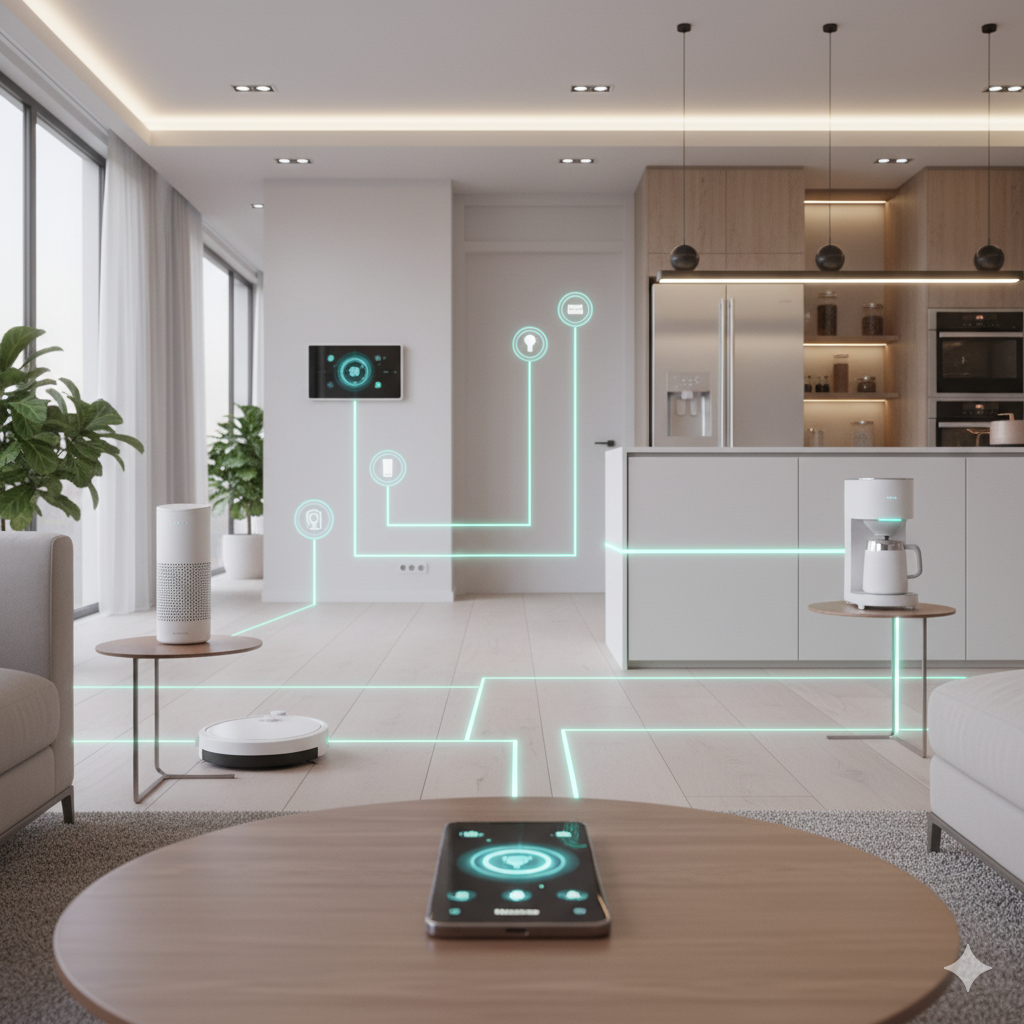

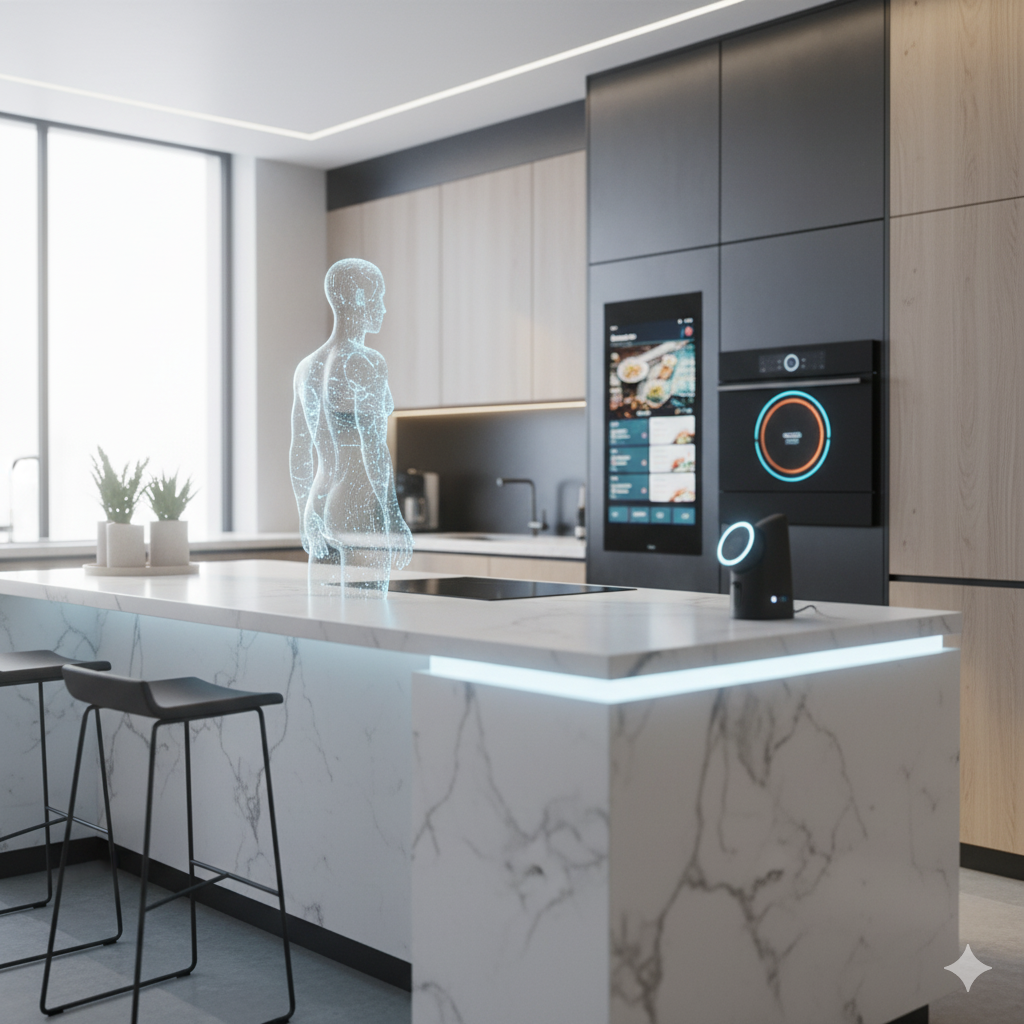
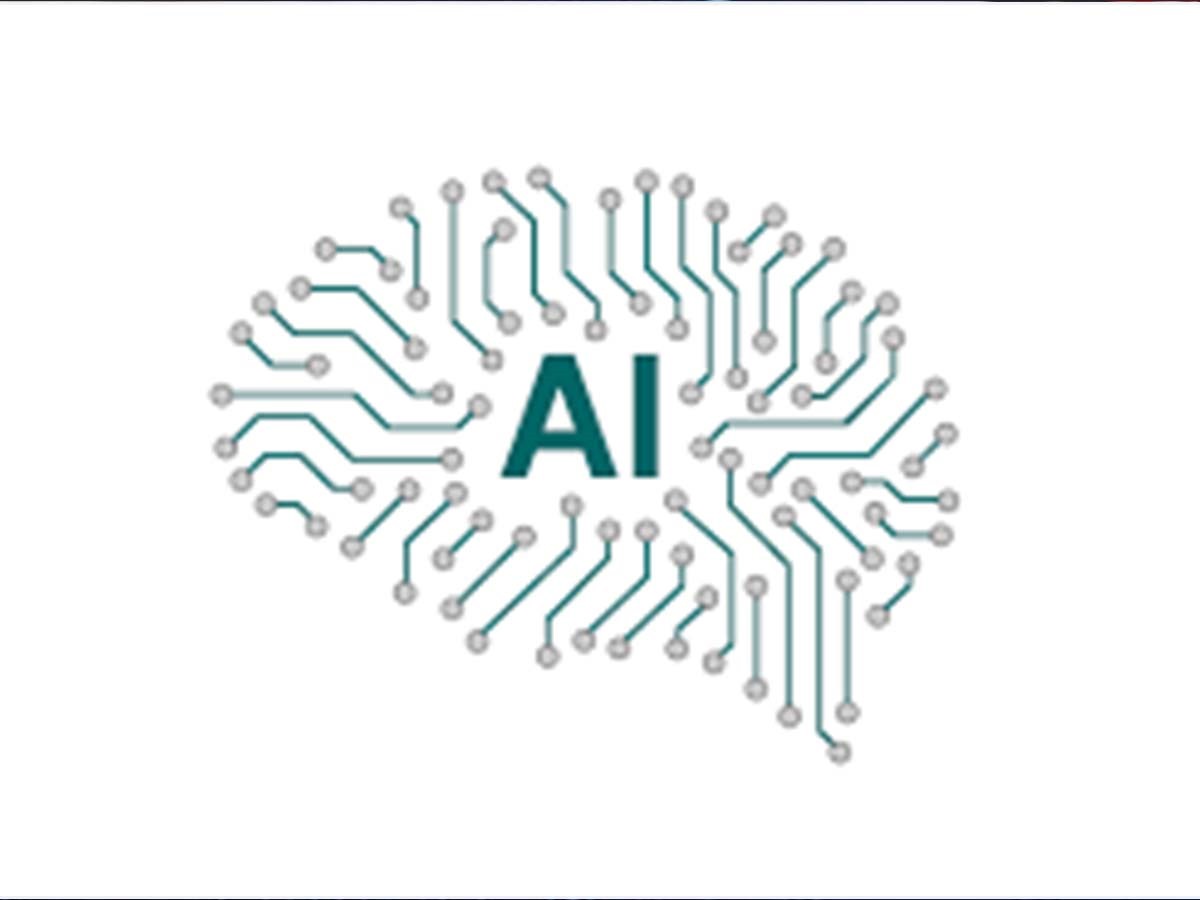

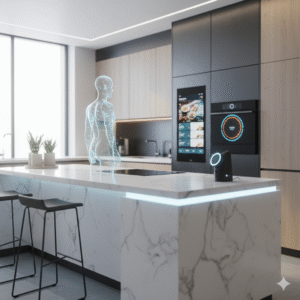
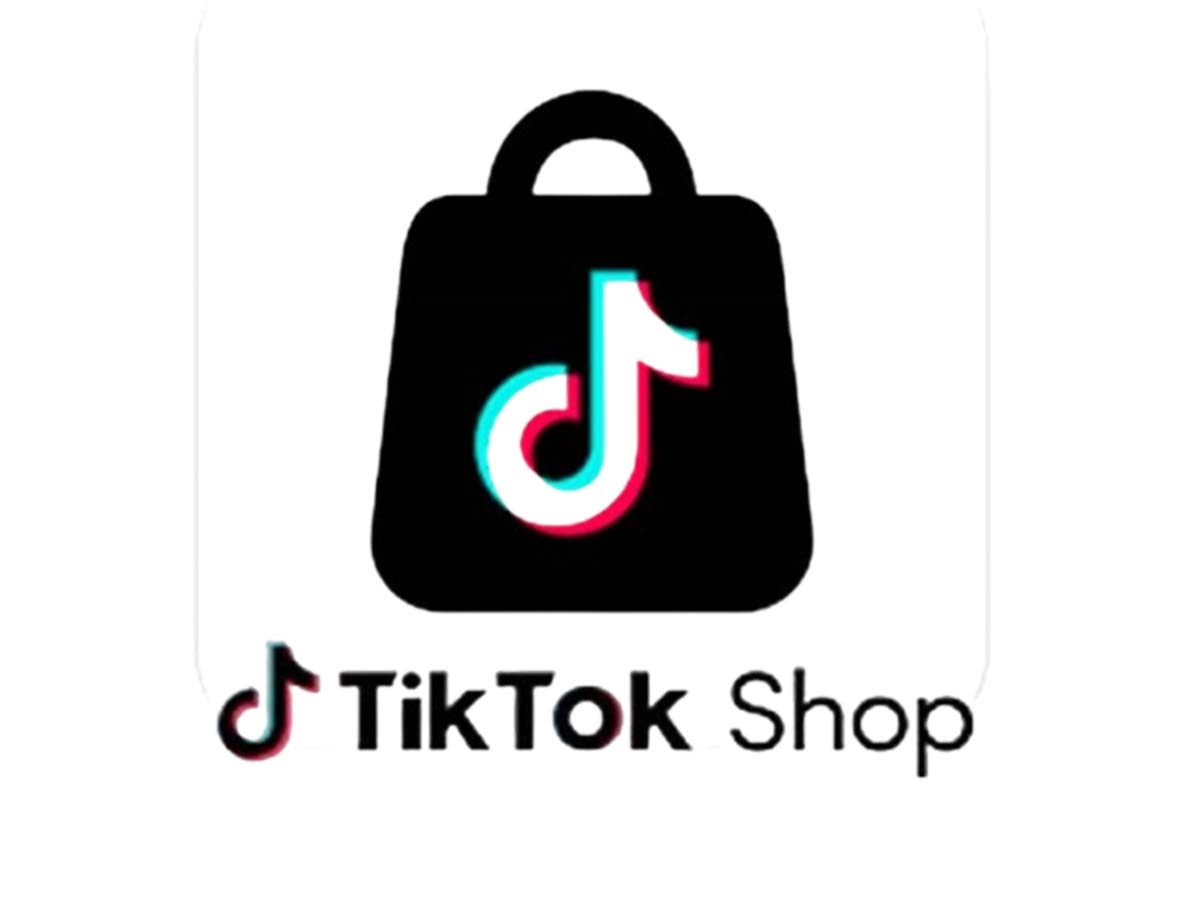
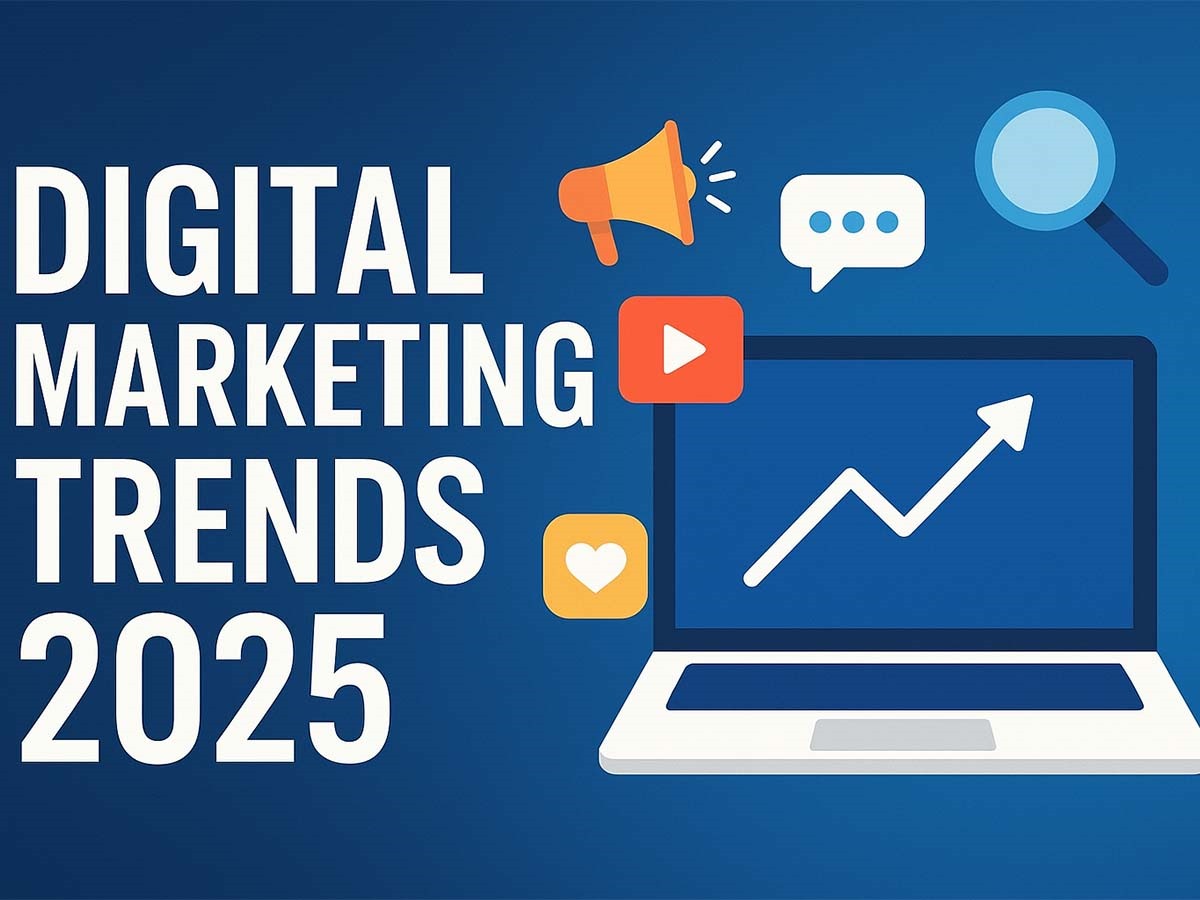
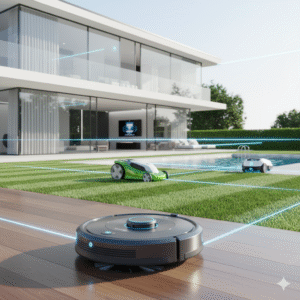
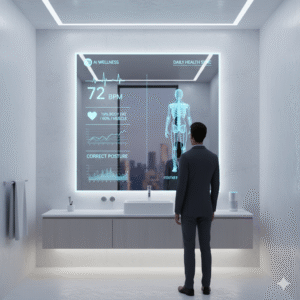
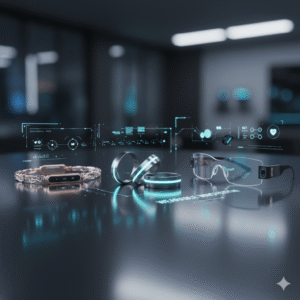
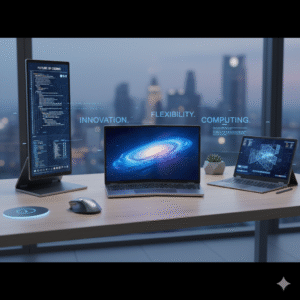
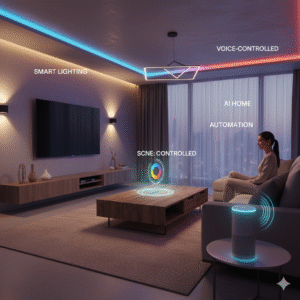
Post Comment